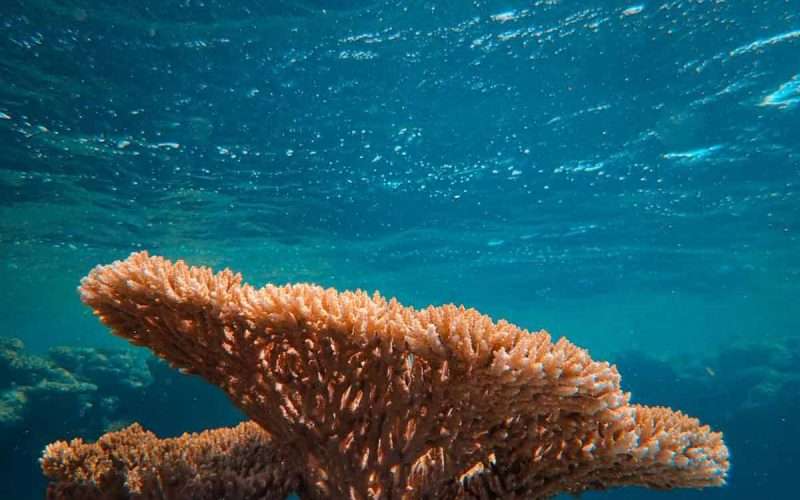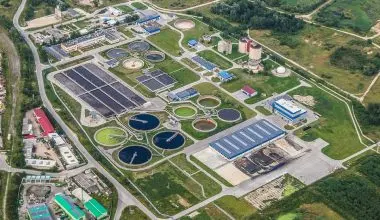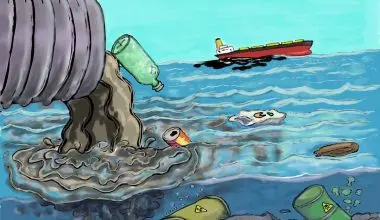Table of Contents Show
Coral reef ecosystems are complex and comprise diverse varieties of marine life. Various groups of species come together and react with each other to form coral reefs. They need an ideal physical environment to flourish. Coral is a type of colonial animal usually associated with jellyfish, sea anemones, and hydroids. Polyps are also a type of colonial animals that have huge colonies in coral reefs. They later form coral reefs.
Coral reefs are home to a huge range of marine life,. These consist of several types of sponges, sea urchins, oysters, crabs, clams, sea stars, and countless species of fish.
Coral reefs are, also, interrelated ecologically to neighboring mangrove, seagrass, and mudflat communities. One of the reasons that explain why coral reefs are so greatly treasured is that they function as the epicenter of activity for marine life.
Corals occur in many places across the world’s oceans, in both deep and shallow water. But, the reef-building corals depend on an interdependent relationship with algae. Moreover, they need shallow, clear water permitting light infiltration for photosynthesis.
Stony corals too need tropical or sub-tropical temperatures. These conditions are present in a stretch 30 degrees north to 30 degrees south of the equator.
Did you know these amazing facts?
- Called the “rainforests of the sea,” coral reefs make up less than 1% of the ocean but are home to nearly 25% of all identified marine species!
- Corals are not plants, in reality, they are animals!
- Coral reefs are the biggest structures of biological origin on our planet.
- Coral reefs are biologically colorful due to algae, which exists within the coral, producing food for them.
- The three major kinds of coral reefs are barrier reefs, fringing reefs, and coral atolls.
- Corals have been present for over 400 million years. The Mediterranean Sea used to have the biggest number of corals, but nothing of it exists today.
- There are two kinds of coral – soft and hard.
- Hundreds of thousands of tiny coral polyps make up coral colonies.
- Corals are alive! They are extremely delicate animals, with a lot of them registered as endangered or critically endangered on the IUCN Red List.
- The Great Barrier Reef started developing 20,000 years ago! It is the biggest reef which runs 1,600 miles long and can even be seen from space.
- Corals provide habitats for about 4000 species of fish.
- There are presently 25 families of corals and almost 1500 species.
- Natural disasters comprising earthquakes and tropical storms can cause coral to break apart.
Regrettably, 25% of coral reefs are forever destroyed. Harmful fishing practices, coral excavation, and climate change are some of the causes of this grave situation.
Coral Features
Reef-building corals found in shallow water have a synergetic connection with photosynthetic algae known as zooxanthellae, which exist in their tissues. The coral provides a sheltered environment that zooxanthellae require for photosynthesis.
In reciprocation, the algae make carbohydrates that the coral uses as food and oxygen too. The algae assist the coral in clearing out waste as well. Both entities profit from the relationship. Mutualism is the name we give to this sort of symbiosis.
Deep-sea corals exist in deeper or cooler oceanic bodies and naturally have a deficiency of zooxanthellae. They are unlike their shallow-water counterparts, which largely count on photosynthesis to make food. Deep-sea corals consume plankton and organic matter for most of their energy needs.
The Importance of Coral Reefs
Coral reefs are one of the most diverse and treasured ecosystems on Earth. Coral reefs sustain more species per unit area than any other marine environs. Moreover, they also sustain another 4,000 species of fish, 800 species of hard corals, and hundreds of other species. Here are some of the ways coral reefs are important for us humans:
1. Coral reefs are a potential source of medicines
Experts assess that there may well be loads of unknown species of organisms existing within and surrounding the reefs. Scientists consider this ecosystem essential for discovering new medications for the 21st century. Many medicines are currently being made from coral reef animals and plants as potential treatments for many ailments. arthritis, cancer, viruses, human bacterial infections, and other ailments.
2. Coral reefs help in sustainable fishing
Coral reefs in good shape provide commercial and subsistence fisheries along with employment. Moreover, local companies benefit because of the tourism industry and leisure. Thus, they have a stake in fostering the natural growth of coral reefs and fish populations.
About half of all federally run fisheries are dependent on coral reefs and associated territories for a share of their life cycles. The National Marine Fisheries Service projects that the commercial worth of U.S. fisheries from coral reefs is above $100 million.
3. They promote eco-tourism
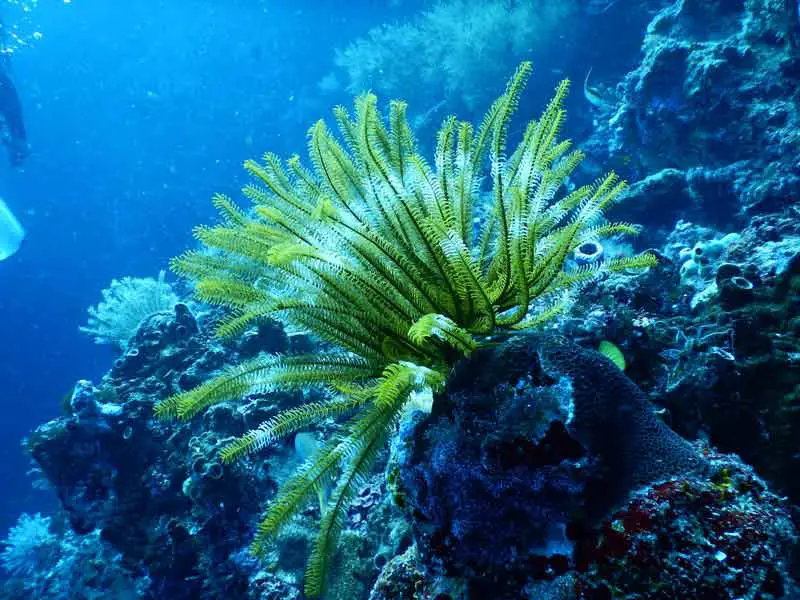
Local economies get billions of dollars from people visiting reefs via diving trips, and leisure fishing trips. Also, resorts, eateries, and other industries established close to reef ecosystems support eco-tourism.
4. They prevent erosion of coastlines
Coral reef structures shield coastlines from 97% of the energy from waves, storms, and floods,. In doing so, they assist in avoiding loss of life, property destruction, and erosion.
When reefs get wrecked or damaged, they lose the ability to act as a natural buffer for coastlines. This can cause damage to seaside populations from regular wave action and fierce storms.
Quite a lot of people live in U.S. coastal areas neighboring or next to coral reefs. Some coastal conservation is necessary to create the required infrastructure for coastal populations. And, this can also help develop the coastal tourism industry.
Despite their great economic and recreational value, coral reefs are at risk of vanishing because of many factors. The major threats are pollution, disease, and habitat destruction.
Damage to coral reefs reduces their ability to support the diverse creatures that live there and nearby communities. So, if a coral reef supports fewer fish, plants, and animals, it also diminishes its value as a tourist destination.
Dangers to Coral Reef Ecosystem
Sadly, coral reef ecosystems are critically at risk. Some dangers are natural, like storms, predators, and diseases. Other vulnerabilities are caused by people.
These comprise contamination, sedimentation, and exploitative fishing practices. Another man-made risk factor is climate change. Climate is causing an increase in ocean temperatures and triggering ocean acidification.
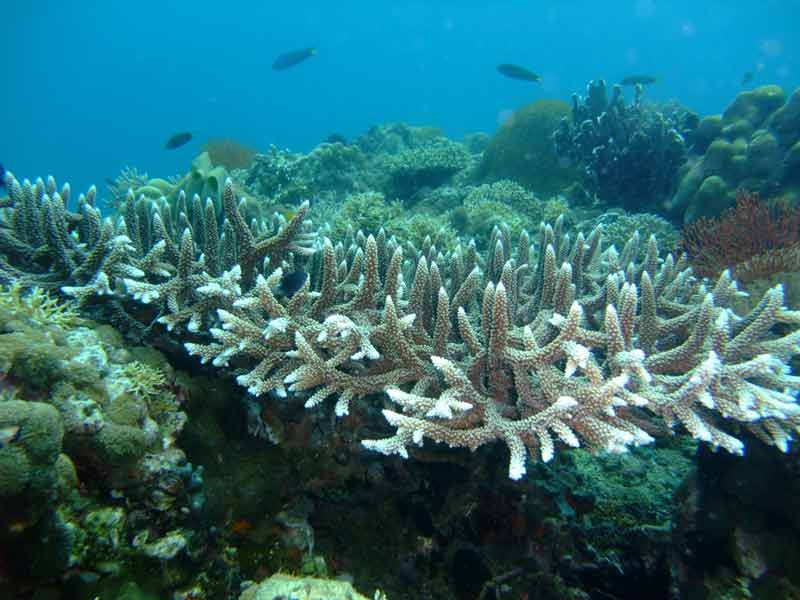
A lot of these dangers can strain corals, resulting in coral bleaching. This can cause the death of the corals. Other factors such as careless swimmers, divers, and misplaced boat anchors can cause physical damage to coral reefs. During the 2014-2017 coral bleaching event, abnormally warm waters (partly linked to a strong El Niño) harmed 70% of coral reef ecosystems globally.
Some regions were hit particularly hard. A case in point is the Great Barrier Reef in Australia, where hundreds of miles of coral were whitened due to bleaching.
Corals are capable of recovering from bleaching events if conditions improve before they die. Even then, it still can take many years for the ecosystems to completely rebuild itself. Experts are also trying out new methods to support coral reef ecosystems. These include growing coral in a nursery and then transplanting it to spoiled areas.
Do you have any opinion or experience to share. Let’s have it!
